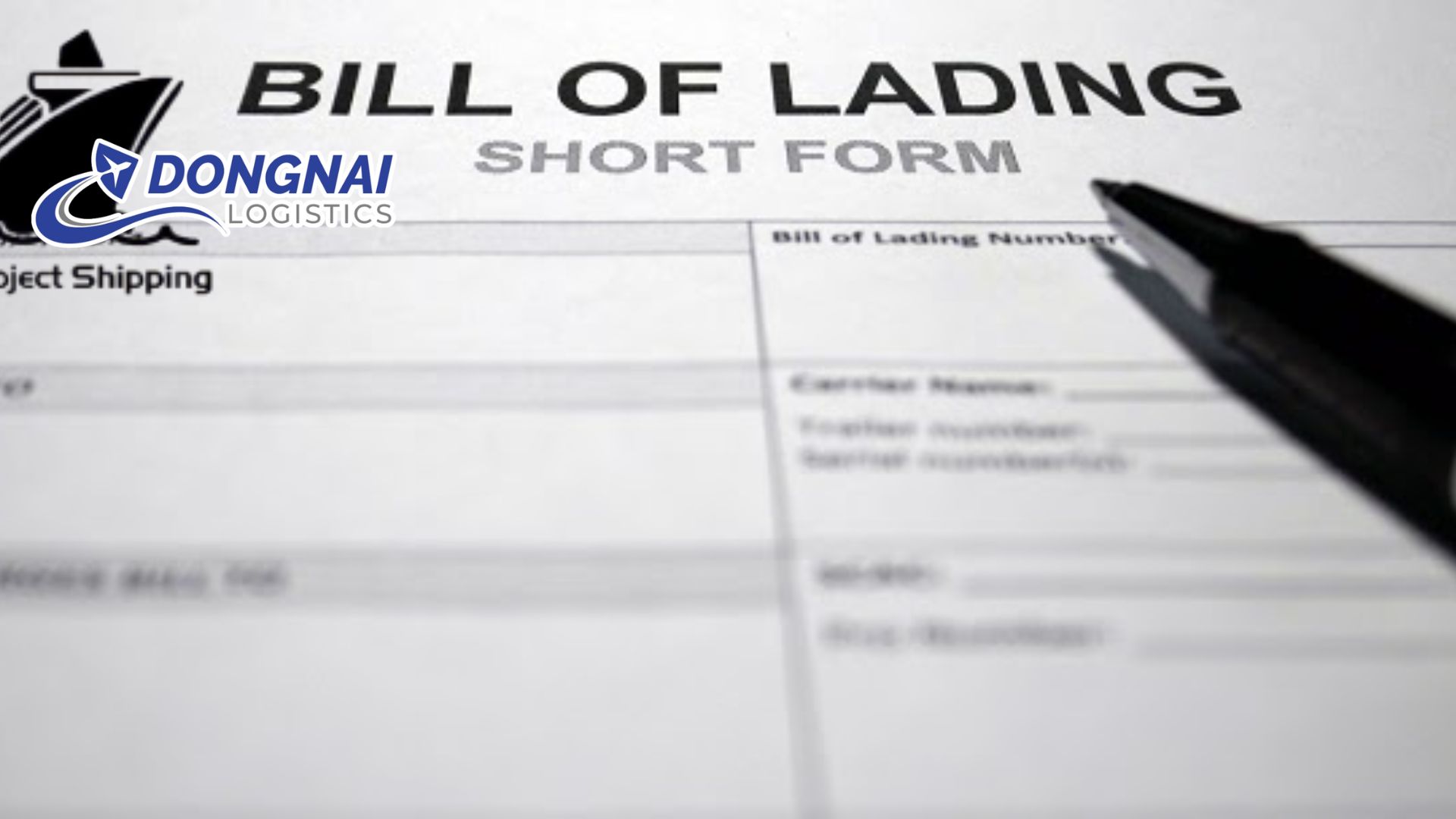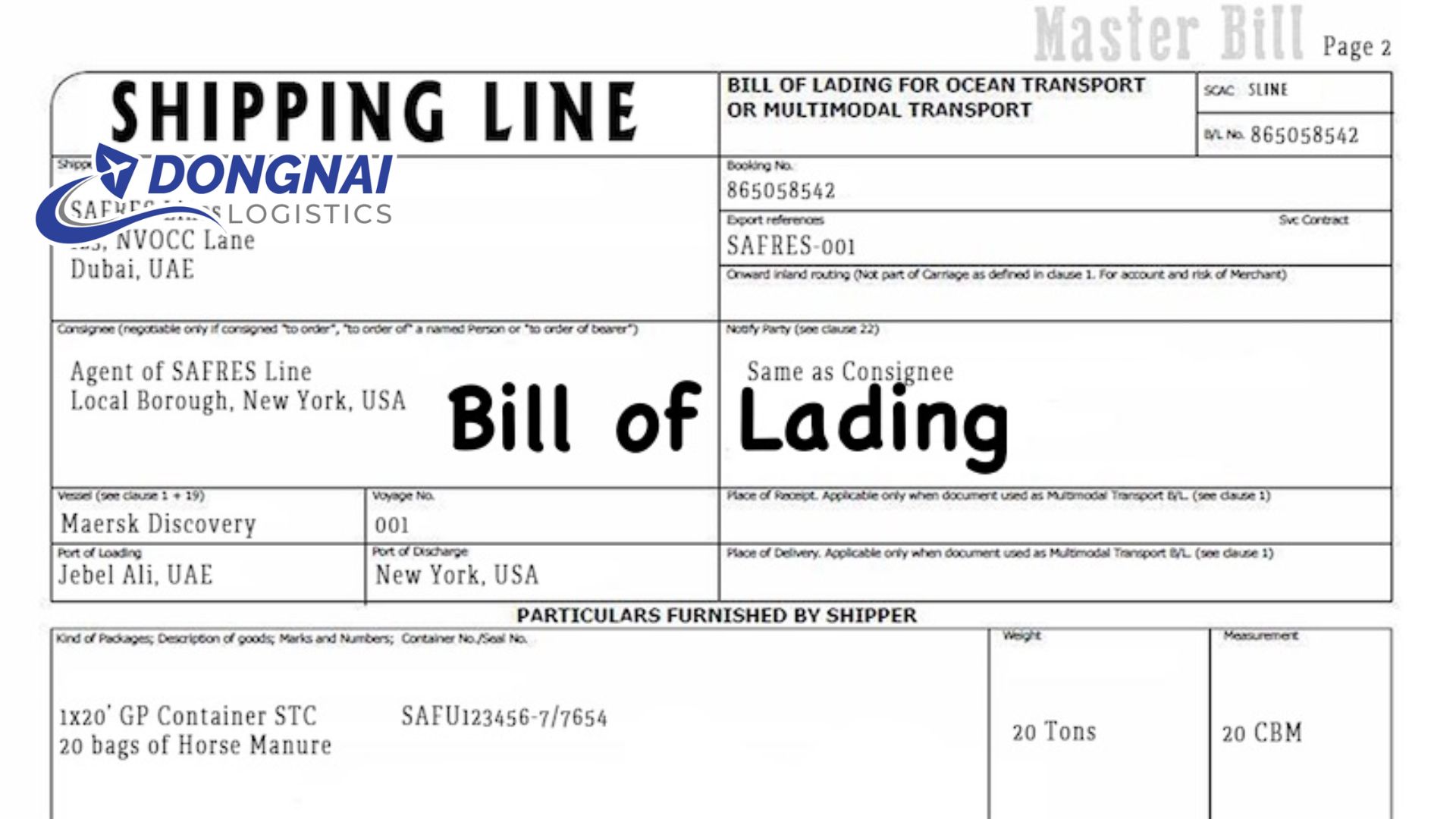5 Things You Need to Know About the Bill of Lading (B/L)
The Bill of Lading is one of the most crucial documents in the transportation and logistics industry. It serves not only as a receipt for goods but also holds significant legal and commercial value. If you are involved in import-export, logistics, or freight forwarding, understanding this document is essential.
1. What is a Bill of Lading?
A B/L is issued by the carrier (or their agent) to confirm they have received goods from the shipper for transport to the consignee. It functions as:
- A receipt of goods – Confirms goods were handed over to the carrier.
- A document of title – The holder of the original B/L has the right to claim the goods.
- A contract of carriage – Defines the rights and obligations of all parties involved.

2. Types of The Bill of Lading
Several types exist, depending on transport mode and specific requirements:
- Original Bill of Lading – Serves as a document of title; required for cargo release.
- Copy Bill of Lading – For reference only; not valid for claiming goods.
- Order B/L – Transferable via endorsement, allowing resale of goods in transit.
- Straight B/L – Non-transferable; issued to a specific consignee.
- Ocean B/L – Used for sea freight shipments.
- Airway Bill (AWB) – Used for air freight but does not function as a document of title.
3. Key Information in The Bill of Lading
A B/L contains essential shipment details, including:
- Shipper’s and consignee’s names & addresses
- Port of departure and destination
- Vessel name and voyage number (for sea freight)
- Cargo description (name, quantity, weight, volume, etc.)
- Freight payment terms (Prepaid or Collect)
- Date of issue and number of originals issued
4. Role in International Trade
- Document of title – The original B/L holder has the right to claim goods.
- Payment in international transactions – Required for Letter of Credit (L/C) payments.
- Protecting stakeholders – Helps resolve disputes and safeguard the rights of all parties.

5. Important Considerations
- Double-check all details to prevent costly mistakes.
- Safeguard original copies to avoid delays.
- Understand shipping terms like FOB, CIF, and EXW.
- Choose the correct type of B/L to minimize risks.
- Ensure legal compliance with country-specific regulations.
Conclusion
The B/L is a crucial document in global trade and logistics. Understanding its types, contents, and importance helps businesses streamline operations and mitigate risks.
Read more:
Dịch Vụ Vận Chuyển Visit Card Từ Đồng Nai Đi Mỹ
Thủ tục nhập khẩu, xuất khẩu hàng hóa tại Việt Nam
Vận chuyển hàng hóa từ Đồng Nai đi Phú Quốc
Chuyển phát nhanh từ Quảng Ninh đến Đồng Nai chất lượng, uy tín, giá cạnh tranh

